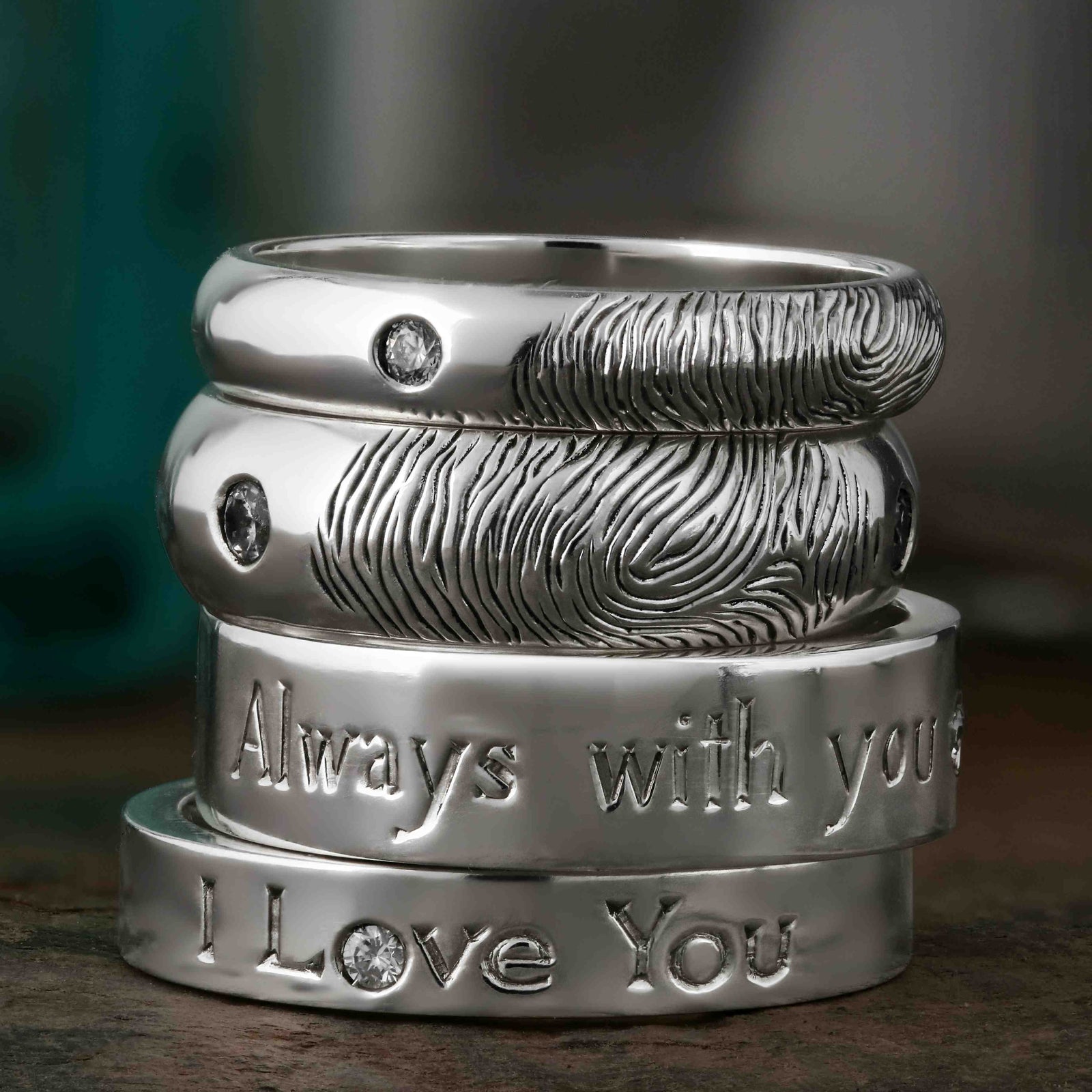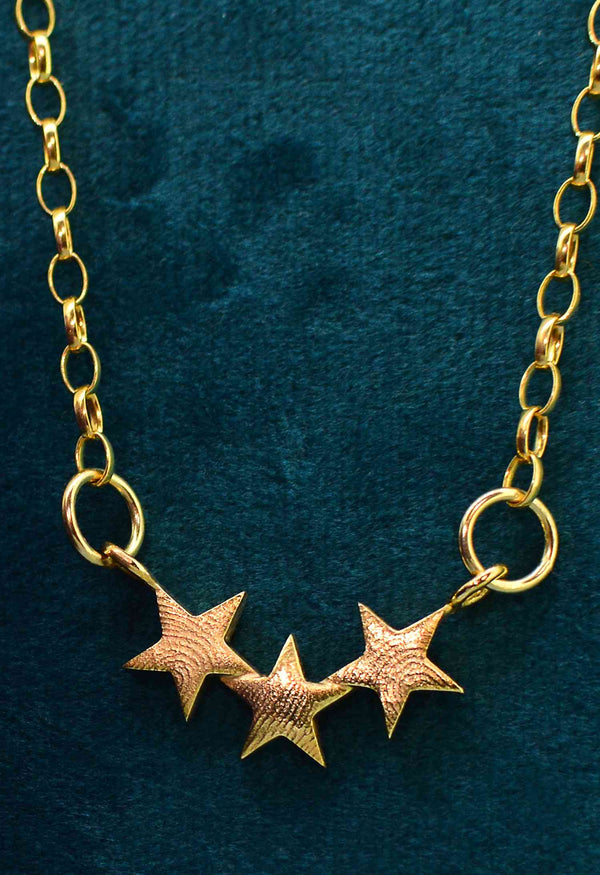Your Cart is Empty
~ Waiting List in Operation ~ Please Ask Before Ordering ~
~ Personalised jewellery to treasure forever ~
~ Waiting List in Operation ~ Please Ask Before Ordering ~
~ Personalised jewellery to treasure forever ~

Five Interesting Alternative Metals for Engagement and Wedding Rings
May 12, 2018 3 min read
The diamond on your wedding or engagement ring is only one part of what makes it special. While the stones on a ring might catch the eye of your betrothed, the metal that holds it all together is crucial as well.
For decades, gold, silver, and platinum have been the most common materials on the market for wedding and engagement rings. However, there are other options available. Here are just five interesting alternative metals worth considering when you're choosing the perfect piece for your groom or bride to be.
- Palladium
Palladium is one of the newest metals in the wedding ring market. It's softer than platinum but shares many of the same aesthetic characteristics, including an attractive white sheen. Palladium is also hypoallergenic, which makes it perfect for brides and grooms that can't wear silver or gold.
The lightweight and malleable nature of palladium make it a particularly fantastic choice for customers in search of intricate designs. This material can be used to create beautiful pieces of jewellery, and it can hold heavier stones than gold or platinum rings too. Palladium is also highly scratch-resistant, making it great for people who regularly use their hands at work.
- Cobalt
Cobalt is a white-coloured alloy, originally created for the aerospace and medical industries. Today, this attractive metal has also become a popular choice for contemporary bridal jewellery. Around four times harder than platinum, this hypoallergenic metal is great for holding heavy stones, and it can often last a lifetime.
Cobalt has an appearance very similar to platinum. It's also much heavier than some metals, which makes it ideal for people who like having some weight to their jewellery. Cobalt is also easy to re-size, unlike some other alternative materials on the market today.
- Titanium
Titanium was originally intended for use in industrial applications. However, today it's highly sought-after for wedding jewellery - particularly when it comes to men's wedding bands. Titanium is an incredibly lightweight metal. You may even forget that you're wearing it.
Because Titanium is available in shades of silver, grey, and black, it also makes for a refreshing and modern change to the standard gold ring. Many titanium rings include inlays of other metals and can be finished with a satin or polished effect. Titanium also happens to be one of the strongest alternative metals available, ideal at avoiding scratches and scuffs, but its durability is also a flaw, as titanium rings cannot be re-sized.
- Tungsten
Tungsten is a unique silver-coloured metal up to four times tougher than titanium. Tungsten is popular among men's wedding bands, but it can also be moulded into intricate designs for female wedding and engagement rings.
When Tungsten first entered the industry, it was changed the lighting industry as we knew it by replacing carbon filament lamps with Tungsten filament bulbs. In the jewellery sector, Tungsten is a very pure element, which makes it ideal for people with allergies. Tungsten demands very little maintenance because of its durability and hardness.
- Stainless Steel
Finally, stainless steel has long had a reputation as being a metal exclusively for industrial use and flatware. However, steel can be as beautiful as any other precious metal. Today, stainless steel engagement and wedding rings are becoming increasingly popular thanks to their affordability, durability and inherent strength.
Steel is available in a range of finishes, including matte designs for a more modern look, or a shiny reflective aesthetic like chrome. Steel is often mixed with chromium to prevent against oxidation, and it can be cleaned very easily using standard dish soap and a soft cloth.
Leave a comment
Comments will be approved before showing up.
Subscribe
Sign up to get the latest on sales, new releases and more …

Join the Club
WE'RE SO PLEASED TO SEE YOU!
Stay a while and look around.
While you're here, why not subscribe to our newsletter?We'll give you £20 off your first order, VIP access to new products, and access to our very special sample sales.We promise not to annoy you (honest).
